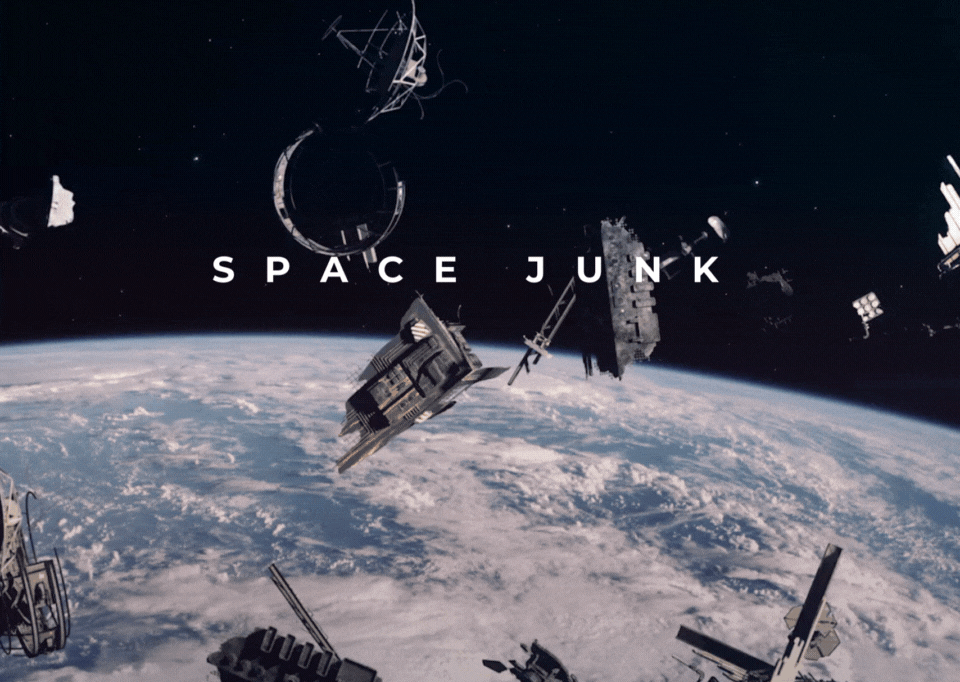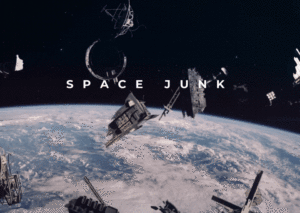What is Space Debris?
Space debris refers to all human-made objects and fragments orbiting planet Earth that are no longer useful. This includes objects such as defunct satellites, rockets, and fragments resulting from collisions or disintegrations.
According to estimates by the European Space Agency (ESA), there are about 34,000 objects larger than 10 cm, around 900,000 objects between 1 and 10 cm, and over 128 million fragments smaller than 1 cm in orbit.
Countries that Contribute the Most to Space Debris Accumulation
- United States: The U.S. space program, through NASA and other governmental and private entities, has been one of the largest contributors to the amount of space debris.
- Russia: As the heir to the Soviet space program, Russia is also a major contributor to space debris, with many launches and satellites in orbit.
- China: With a rapidly expanding space program, China has significantly increased the amount of space debris in recent years, especially after the 2007 anti-satellite test that generated thousands of fragments.
- European Countries: Through the ESA and national space programs, several European countries have also contributed to the amount of space debris.
Risks to Space Exploration
- Manned Missions: Space debris poses a significant risk to astronauts, as even small fragments can pierce spacecraft hulls at high speeds.
- Unmanned Missions: Satellites and other spacecraft can be destroyed or damaged by collisions with debris, compromising scientific and commercial missions.
Growing Importance of the Problem
The issue of space debris is becoming increasingly critical as space activities increase. With more satellites being launched for communication, navigation, and Earth observation, the risk of collisions in space rises. Collisions can generate even more debris, creating a cascade effect known as the Kessler Syndrome, where the density of objects in orbit reaches a critical point, generating continuous collisions that exponentially increase the number of fragments.
NASA highlights the risks of space debris in studies addressing the need to ensure that not only Earth’s orbit but also cislunar space remains sustainable and available for future generations.
What Measures Can Be Taken to Reduce Space Debris Orbiting Our Planet?
Many companies are considering ways to mitigate this situation and presenting proposals to address the large concentration of space debris, from destroying abandoned satellites with lasers to helping refuel and reactivate them.
One such company is a British start-up called Astroscale, which suggests dealing with the situation using a simple technique: connecting an inactive satellite to an active one that can deorbit it, i.e., remove it from space orbit.
They released a video aimed at presenting the ELSA-M project, which stands for “End-of-Life Services by Astroscale-Multiple.”
For more emphasis on this purpose, we will leave a link for a broader understanding of the British start-up’s strategy.
The Importance of Future Actions to Mitigate the Problem
The growing awareness of these risks underscores the importance of developing innovative technologies and mitigation policies. Initiatives like debris monitoring are important steps, but still insufficient. International collaboration among space agencies, governments, and private companies is crucial to finding strategies that can address the root cause of the problem.
Reflection for the future
Protecting the space environment is essential to ensure the continuity of space operations and the communication services that depend on satellites. Investing in innovative technologies and adopting sustainable practices are fundamental steps to preserve space for future generations.
Education and Awareness
- It is crucial to educate the public and future space engineers about the problem of space debris, promoting a culture of responsibility and care for space.
The Elo Talent team thanks you for your time and invites you to explore our articles, where we discuss topics such as technology, data analysis, and effective operations.





